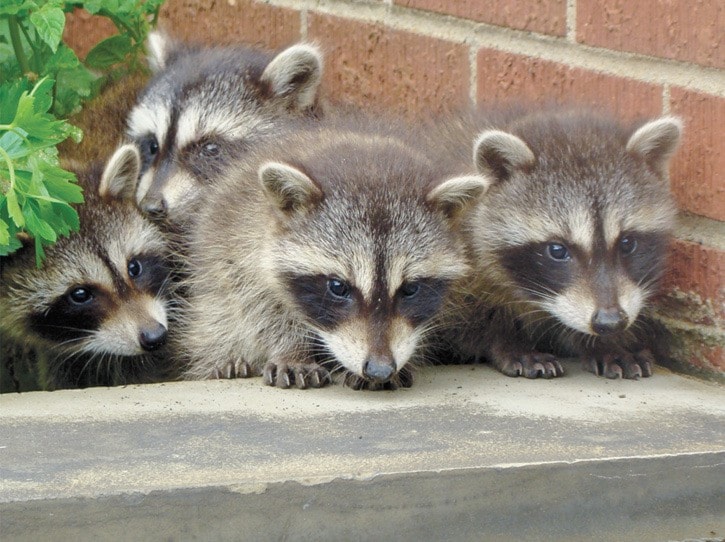Ever wonder where injured wild animals go to get better? Now’s your chance to find out.
The B.C. SPCA Wild Animal Rehabilitation Centre is inviting the public to its eighth annual open house for a rare, behind-the-scenes look at how the animal rehab centre operates.
The event also features a book launch by Vancouver author Nicholas Read. His book, City Critters: Wildlife in the Urban Jungle, is about how wild animals survive in areas populated by humans.
“Most of the animals that come into the ARC have been in some way impacted by humans,” Wild ARC manager Kari Marks said.
While animals undergoing rehabilitation will not be available for viewing, visitors can expect to see a raptor up close, with its trainer.
Last year, Wild ARC took in almost 2,000 injured or orphaned wild animals.
Of those, 440 came from Saanich and another 437 from Victoria, while 429 were from Colwood, Langford and Metchosin.
Red and grey squirrels and racoons are common animals brought to the West Shore centre for care, Marks said. These are mainly baby animals that are often orphaned because their mothers have been removed or hurt.
Whether we realize it or not, wild animals such as skunks, racoons and coyotes live among us, Read said.
“Urban wildlife is something that people notice from time to time. Whenever a deer arrives in your backyard, you can’t help but notice,” Read said. “Those animals that we don’t expect to see in an urban area are turning up more and more often.”
A self-proclaimed animal-lover, Read said he’s always been interested in animals and worries about their future.
“There are some animals, wild animals, who’ve managed to build a new life for themselves in cities and they’re the lucky ones,” he said. “If an animal can adapt to living in a city, well, that animal has a big advantage over a wild animal who can’t.”
His book looks at terrestrial mammals, such as rats; marine mammals, like seals and whales; fish and other species along the shores of beaches, such as crabs and shrimp; birds, including ducks and swans; reptiles and amphibians; and insects and spiders.
The book attempts to explain why urban wildlife – namely black bears, deer and cougars – are increasingly being encountered in heavily populated areas, Read said.
“Even though we think of cities as concrete jungles, they’re not.” he said. “There’s lots of green space in cities and as long as there is some green space, there is territory for those (animals) to live.”
All proceeds from the book will go to local animal charities, starting with $1,000 to the B.C. SPCA, Read said.
The open house is by donation – when you register you’re given a list of items the centre needs (liquid laundry detergent, bleach and paper towels are few).
“Since we’re completely dependent on the public for our support, bringing things like that really does help us,” Marks said.
As well, visitors will have the opportunity to sponsor a cage or animal at Wild ARC, Marks said.
Visitors can choose to help with the future care of an injured or orphaned animal by donating money.
The open house takes place Saturday (March 31) and Sunday (April 1) from 12 to 4 p.m. at Wild ARC, 1020 Malloch Rd. in Metchosin.
Tours of the centre will start every 20 minutes and will last about an hour.
Only 1,000 guests can be accommodated. Reservations are required. Register online at Spca.bc.ca/tourwildarc.
reporter@vicnews.com
